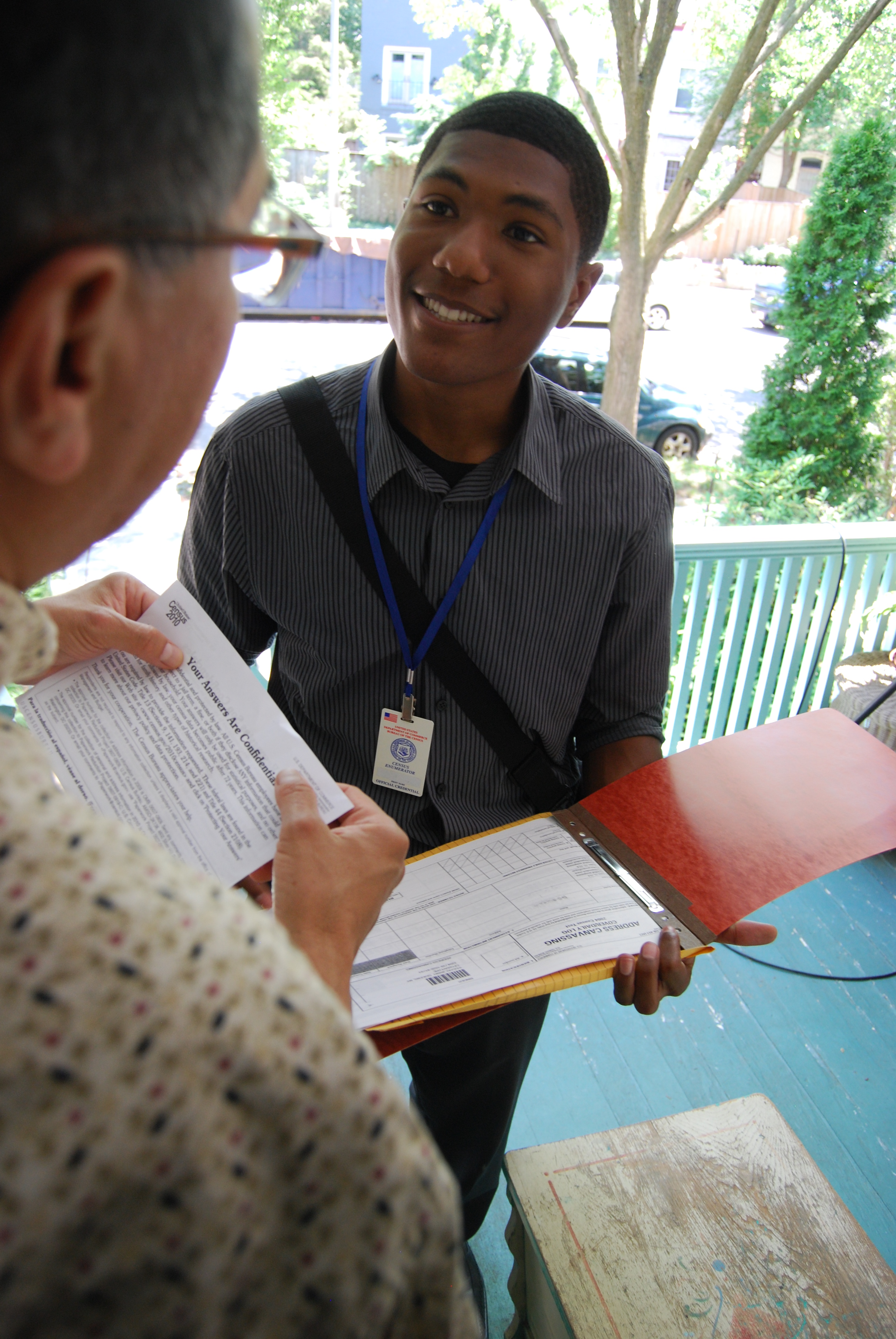5.6: Introduction to Research Methods
- Page ID
- 60104
What you’ll learn to do: identify and differentiate between types of research methods, discussing the benefits and limitations of each

As Laud Humphreys’ study illustrated, conducting research can be quite complex, especially when it comes to informed consent. Humphreys’ research design included surveys (when he went do-to-door) and field research (when he served as a “watch queen”). His role in the tea room as participant observer allowed him to observe (listen to) behavior that was naturally occurring with or without his presence. When we discuss experiments, we will see that the “setting” is often manipulated in some way by the research team in order to examine an independent variable. Secondary data is another research methodology that involves reviewing materials that already exist, such as previous studies (i.e., a literature review could lead to use of other peoples’ data and/or existing records such as arrests on sodomy charges).
All studies shape the research design, while research design likewise shapes the study. Researchers choose methods that best suit their study topics and that fit with their overall approaches to research. In planning the design of a study, sociologists generally choose from four widely used methods of social investigation: survey, experiment, field research, and secondary data analysis. Every research method comes with plusses and minuses, and the topic of study strongly influences which method or methods are put to use. In this section, you’ll examine how researchers use each of these research methods.
- Introduction to Research Methods. Authored by: Sarah Hoiland and Lumen Learning. Provided by: Lumen Learning. License: CC BY: Attribution
- Research Methods. Authored by: OpenStax CNX. Located at: https://cnx.org/contents/AgQDEnLI@10.1:5y6RWnGd@12/Research-Methods. License: CC BY: Attribution. License Terms: Download for free at http://cnx.org/contents/02040312-72c...9333f3e1d@3.49
- US Census Worker (2010). Provided by: US Census Bureau. Located at: https://www.flickr.com/photos/uscensusbureau/7024455607/. License: CC BY-ND: Attribution-NoDerivatives


